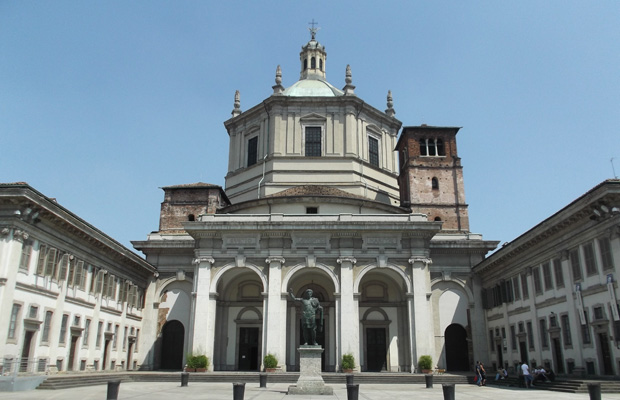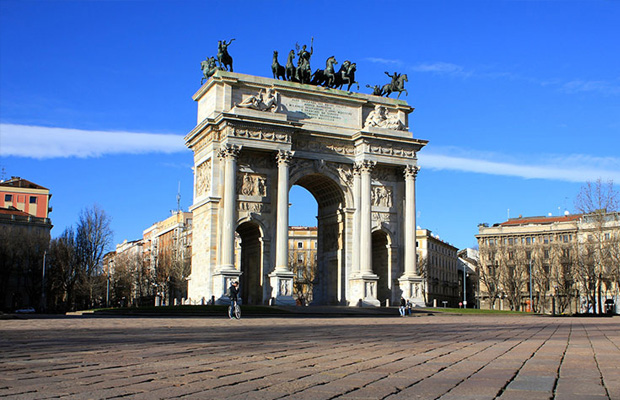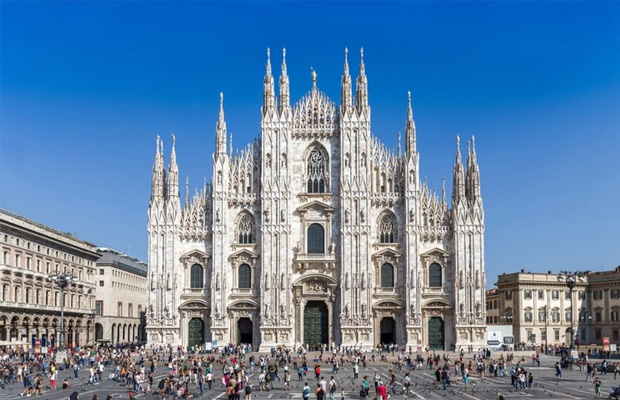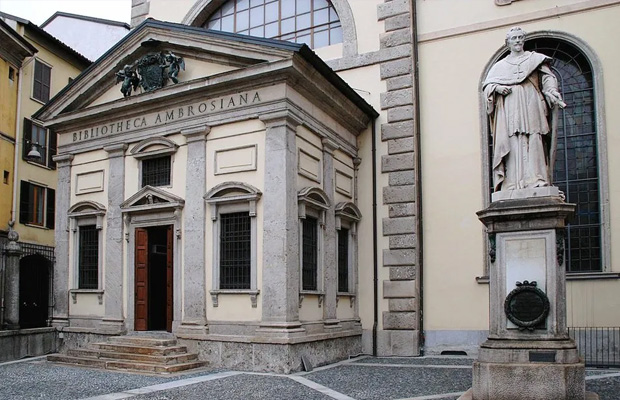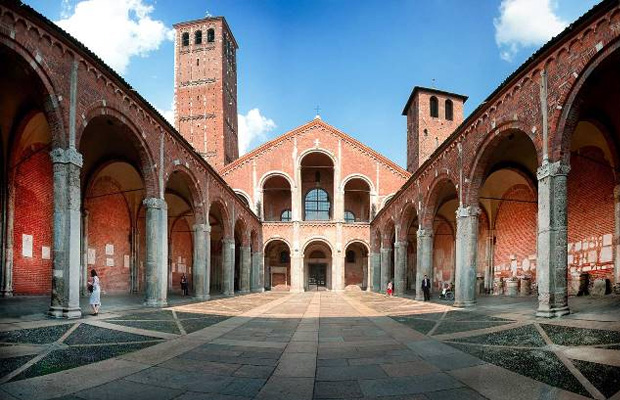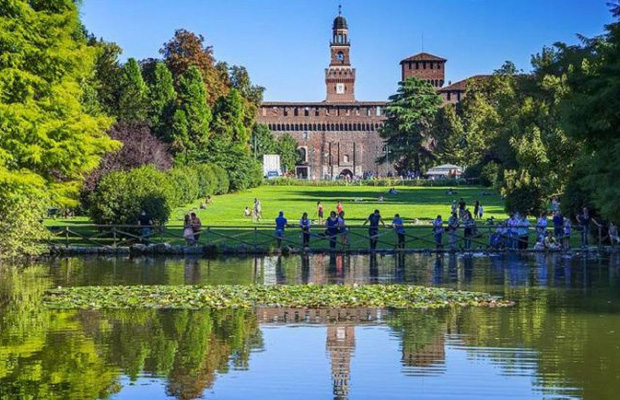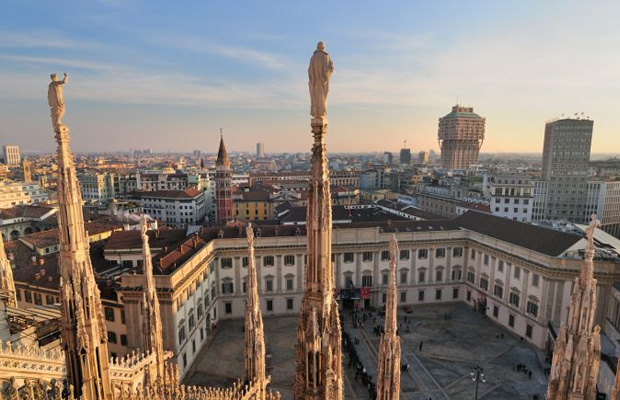Basilica San Lorenzo Maggiore
Basilica San Lorenzo Maggiore
Italy
Milan
Milan Travel Guide
Book Tour & Activities
Your tour in Milan.
Book your stay
Your hotel in Milan.
Overview
The Basilica of San Lorenzo Maggiore is a church in Milan, northern Italy. Located within the city's ring of canals, it was originally built in Roman times and subsequently rebuilt several times over a number of centuries.
The Basilica of San Lorenzo Maggiore is a church in Milan, northern Italy. Located within the city's ring of canals, it was originally built in Roman times and subsequently rebuilt several times over a number of centuries. It is close to the mediaeval Ticino gate and is one of the oldest churches in Milan. It is near the city park called Basilicas Park, which includes both the Basilica of San Lorenzo and the Basilica of Sant'Eustorgio, as well as the Roman Colonne di San Lorenzo.
History
Origins
The basilica was built between the late fourth and early fifth centuries. The exact date is uncertain, as are the name of who commissioned it and the circumstances of its foundation. According to some scholars San Lorenzo was erected to coincide with the “Basilica Portiana”, which was built by the “Augustus of the West” (Valentinian I or Valentinian II) to please the Bishop of Milan Auxentius (355–372) of the Arian faith. If this is true, San Lorenzo would have preceded the foundation of the four Ambrosian basilicas. Supporting this proposition is the fact that the Basilica Portiana, cited in many sources that were quoting the struggle of Ambrose to remove it from the Arians, has never been identified with certainty by archaeologists.
A second proposition gives the date of the foundation of the church to a later period, between 390 and 402, and attributes its commissioning to Theodosius I or Stilicho. Evidence for this proposition comes from archaeological investigations carried out between 2002 and 2004. Supporters of this view are divided as to the function of the building; for some it is an imperial basilica that would have confirmed the role of Milan as the imperial capital of the West, in rivalry with Rome and Constantinople; for others, it is a mausoleum for the Theodosian dynasty.
What is certain is that at the time of its construction the basilica was the largest, centrally planned building in the West. The dedication of the temple to St. Laurence (San Lorenzo) the martyr has been certified only from 590, when Milan was already controlled by the Lombards.
The Medieval Period and the Renaissance
While Medieval Milan underwent a period of decline, San Lorenzo maintained a leading role in the city's liturgy: as the highest place in Milan it came to represent the Mount of Olives and on Palm Sunday the bishop blessed the palms and led the procession that from there to the now-demolished Basilica of Santa Tecla.
The eleventh and twelfth centuries were marked by numerous disasters: fires, in particular, the terrible “fire of the Stork”, that in 1071 devoured the basilica, devastating the internal decorations, and earthquakes, that undermined the stability of the complex, making new restorations necessary between the twelfth and thirteenth centuries. Towards the middle of the eleventh century, the open space behind the basilica, called Vetra, was used as the place of executions: this practice continued until 1840 and was reported, among others, by Alessandro Manzoni in the history of the infamous column. By 1167, with the construction of the medieval walls, the basilica was to be found within the city, at the new Porta Ticinese (Ticinese gate).
Recent and contemporary times
The basilica of San Lorenzo remained throughout the Middle Ages a symbol of the legacy of the Roman Empire in Milan. Subsequently, during the age of the Renaissance, especially after the 1154 destruction of the other Ancient Roman structures by Emperor Barbarossa, the temple was an example of the classical architectural canons admired by humanists, and studied by architects and artists such as Bramante, Leonardo, and Giuliano da Sangallo. Painted references to the church from that era can be identified.
On 5 June 1573, the dome of the basilica suddenly collapsed, fortunately without causing casualties. Construction of a new dome in a more modern style began immediately and was completed in 1619. During the reconstruction, a miracle occurred, one predicted by Archbishop Carlo Borromeo: one year after his death in 1585, a sick woman was cured in front of the icon of the Madonna del Latte, displayed on the Piazza della Vetra. Following this event, donations increased enabling more rapid progress in the reconstruction. In 1626, the Madonna del Latte was transferred to the high altar where it remains to this day.
In the 1830s the Austrian Government began a redevelopment of the Vetra: houses built leaning against the basilica and inhabited by tanners were demolished; the channel of the Vetra was covered over; and executions were abolished. After the bombings of 1944–1945 the houses that had been destroyed were not rebuilt enabling the park of the basilicas to be created, from which there is an excellent view of the complex. In 1934 in place of the demolished houses a sort of a courtyard was formed, with the creation of a public square opposite the basilica.
Address: Corso di Porta Ticinese, 35, 20123 Milano MI, Italy
Phone: +39 02 8940 4129
Province: Roman Catholic Archdiocese of Milan
Architectural styles: Baroque architecture, Renaissance architecture, Byzantine architecture
Architect: Martino Bassi
Video Travel Inspiration
See Basilica San Lorenzo Maggiore on Map
Most Popular Cities

Siem Reap
Cambodia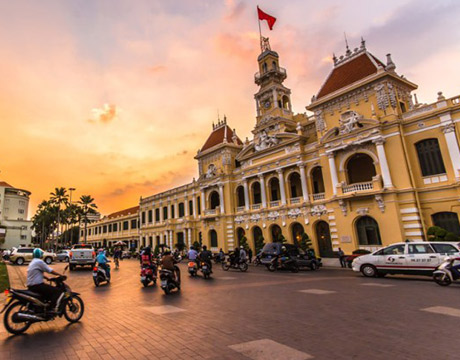
Ho Chi Minh City
Vietnam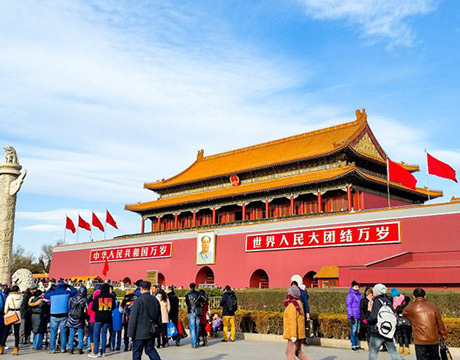
Beijing
China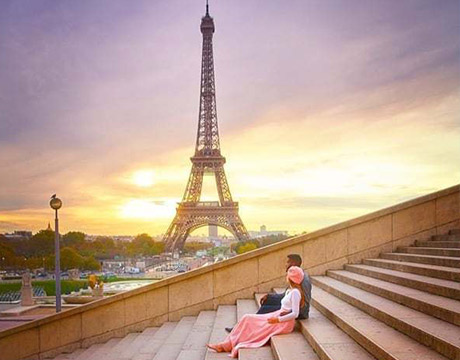
Paris
France
London
United Kingdom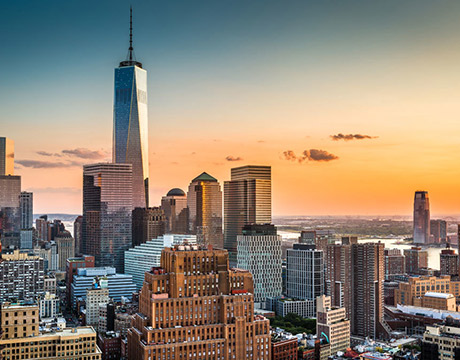
New York
USA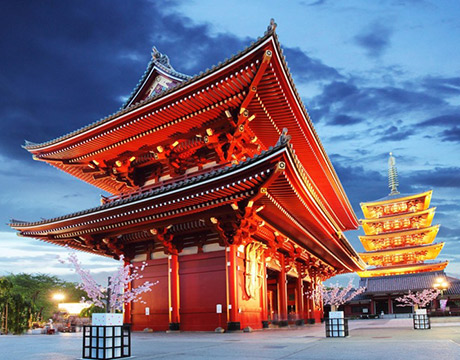
Tokyo
Japan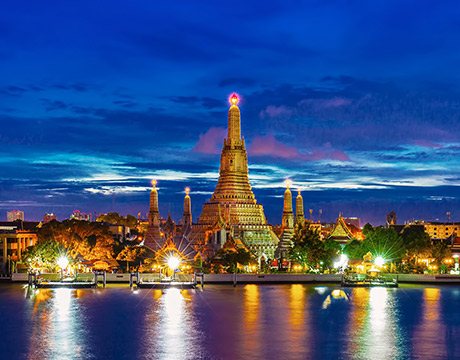
Bangkok
Thailand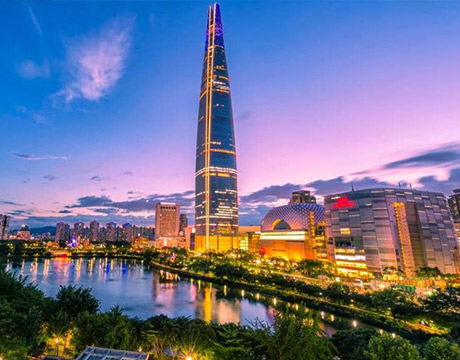
Seoul
South Korea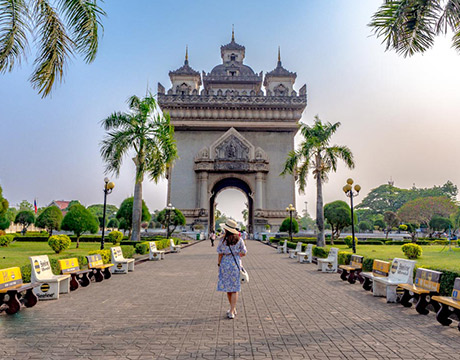
Vientiane
Laos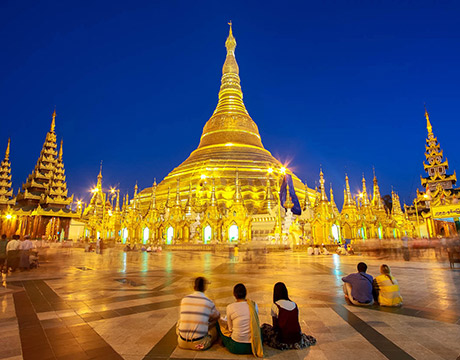
Yangon
Myanmar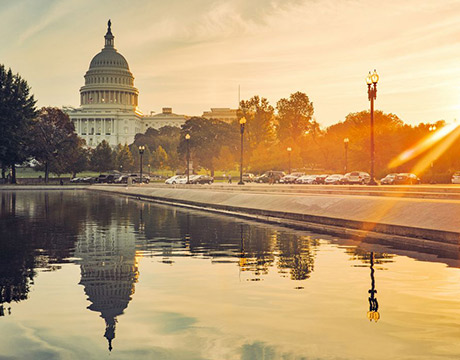
Washington DC
USA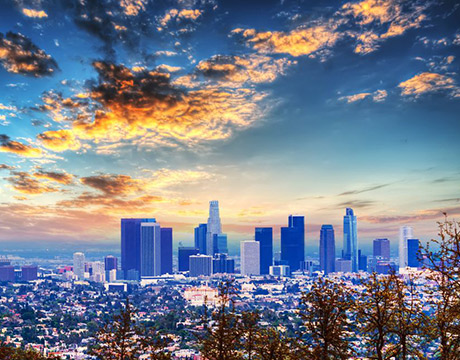
Los Angeles
USA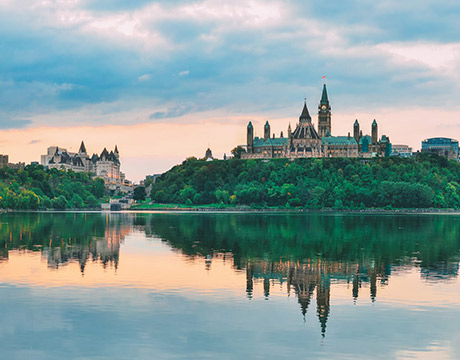
Ottawa
Canada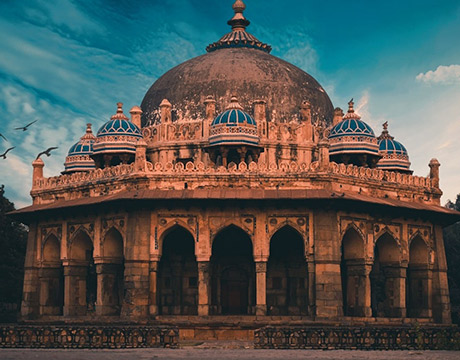
New Delhi
India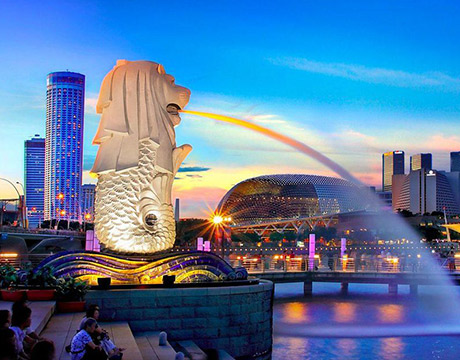
Singapore
Singapore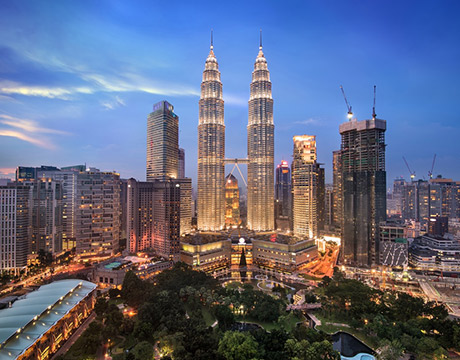
Kuala Lumpur
Malaysia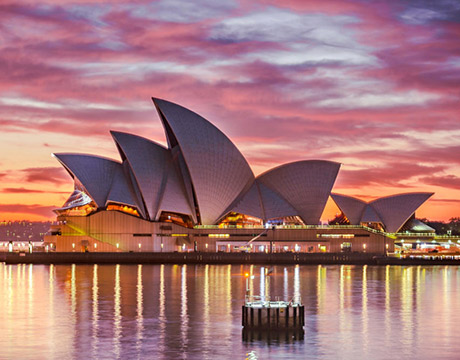
 English
English French
French Khmer
Khmer Thai
Thai Vietnamese
Vietnamese Chinese
Chinese Korean
Korean German
German Japanese
Japanese Italian
Italian Russian
Russian Spanish
Spanish Dutch
Dutch Indonesian
Indonesian Malay
Malay
